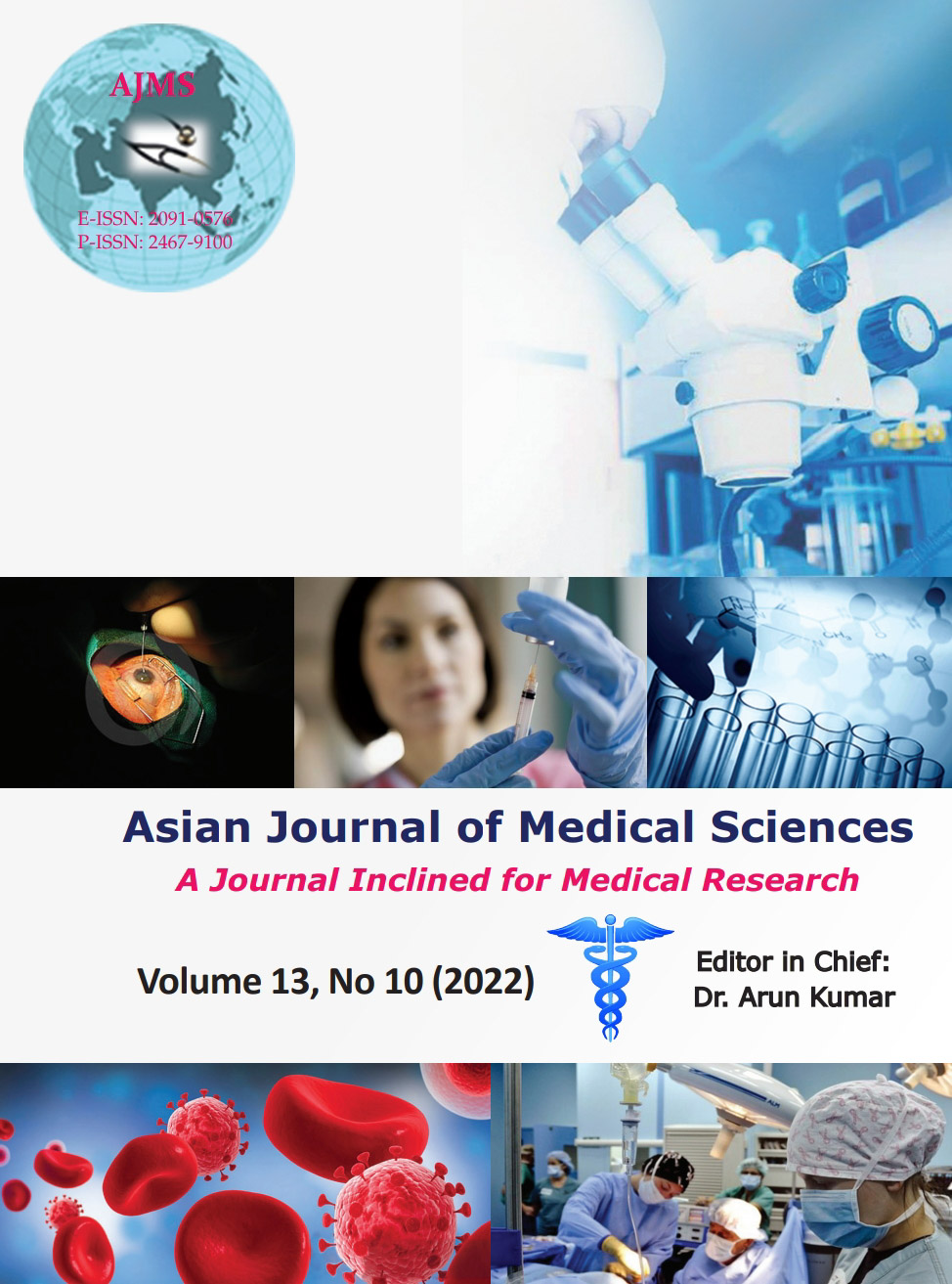Neglected tropical disease: Why we need to prioritize them more
Keywords:
Neglected Tropical Disease, Challenges, PriorityAbstract
Neglected tropical diseases (NTDs) are those that are commonly found in several low-income countries in Africa, Asia, and Latin America and where people do not have access to hygiene, clean water, or safe ways to dispose of human waste. NTDs comprise a diverse group of diseases that is highly prevalent in tropical countries and is caused by a variety of pathogens, including bacteria viruses, parasites, and fungi. Although there are debates on what is included under NTD, few that are listed are ascariasis, Buruli ulcer, Chagas disease, dracunculiasis, hookworm infection, human African trypanosomiasis, Leishmaniasis, leprosy, lymphatic filariasis (LF), onchocerciasis, schistosomiasis, trachoma, and trichuriasis, though this list. keeps on changing. They are called “neglected,” because they are hardly represented in the global health agenda of the developed countries and are often associated with stigma, blind faith, and social exclusion. The epidemiology of NTDs is quite complex and often related to environmental conditions. Many of them are vector-borne, have a zoonotic origin with well characterized animal reservoirs, and are associated with complex life cycles. All these factors make their public health control challenging.
With a population of over 1.3 billion, India accounts for nearly one-half of the world’s prevalent cases of visceral leishmaniasis and one-half of the global incident cases of dengue, one-third, or more of the prevalent cases of leprosy, LF, cysticercosis, and visual impairment due to trachoma. India also accounts for 25% world’s burden of ascariasis and hookworm cases. Unfortunately in India, we don’t have a uniform distribution of neglected diseases. It was found to be very much dependent on the geographical locations as well as biased on the socialeconomic status, with more prevelant amongst the lower income groups. NTDs are not just any regular disease but were reported to cause permanent disabilities, impacting mental health and thereby posing a serious threat to livelihood and standard of living.
Challenges in studying NTD
The primary challenge is adequate research funding and efforts. Affecting emerging economies, NTD severely suffers from the limelight that other lifestyle diseases such as cardiovascular, diabetes, and oncology enjoys. There was not much research output from the Western world too as NTD mostly affects the poorer nations. NTD related technologies are not considered profitable. This trend is slowly changing with larger participation from the government to aid in NTD research. We hope that future days will show more effort and awareness toward a better solution.
Downloads
Downloads
Published
How to Cite
Issue
Section
License
Copyright (c) 2022 Asian Journal of Medical Sciences

This work is licensed under a Creative Commons Attribution-NonCommercial 4.0 International License.
Authors who publish with this journal agree to the following terms:
- The journal holds copyright and publishes the work under a Creative Commons CC-BY-NC license that permits use, distribution and reprduction in any medium, provided the original work is properly cited and is not used for commercial purposes. The journal should be recognised as the original publisher of this work.
- Authors are able to enter into separate, additional contractual arrangements for the non-exclusive distribution of the journal's published version of the work (e.g., post it to an institutional repository or publish it in a book), with an acknowledgement of its initial publication in this journal.
- Authors are permitted and encouraged to post their work online (e.g., in institutional repositories or on their website) prior to and during the submission process, as it can lead to productive exchanges, as well as earlier and greater citation of published work (See The Effect of Open Access).




